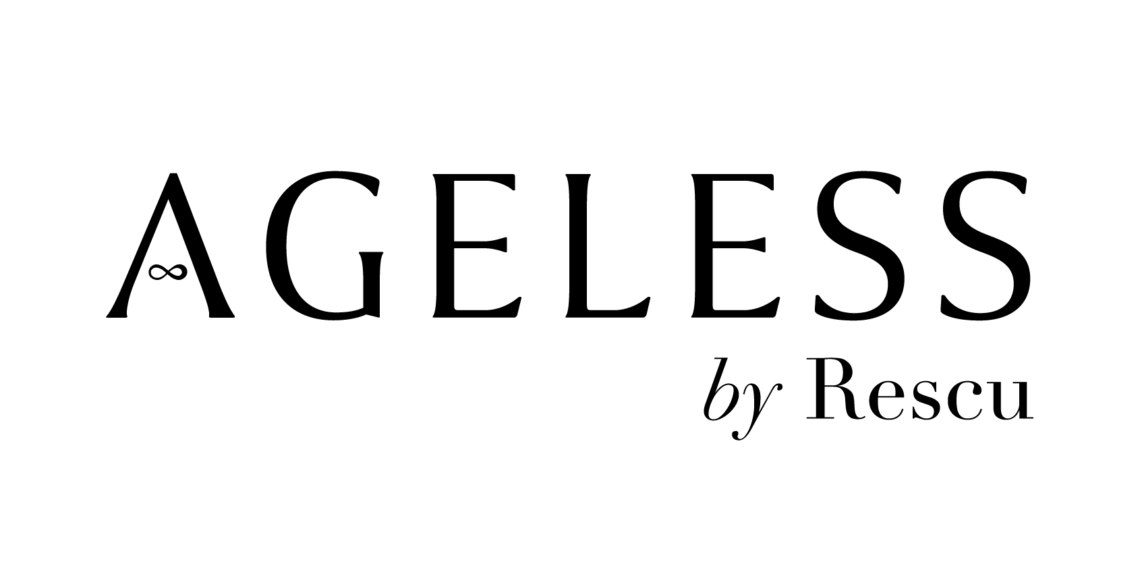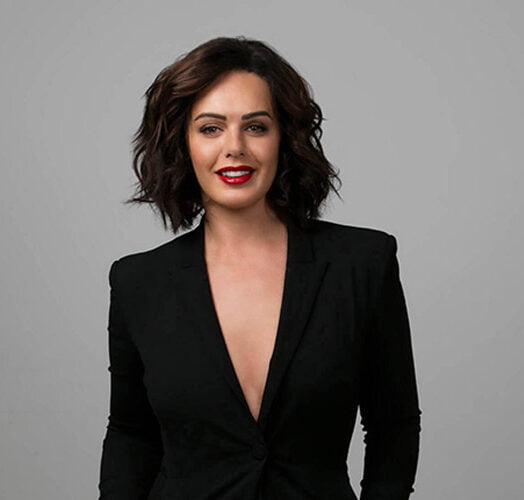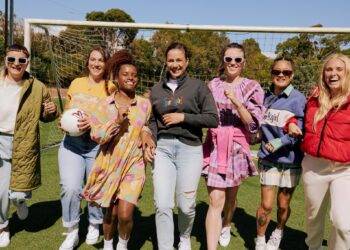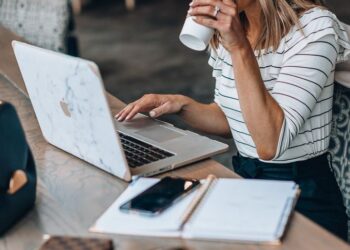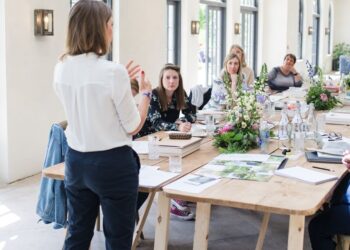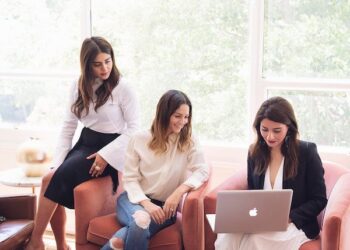The job interview process can be nerve-wracking enough without the added stress of figuring out what to wear.
Yet, these pieces of fabric are affecting the decision process more than you may consciously realise.
As soon as you walk through that door for the interview, within 7 seconds, the interviewee would have already subconsciously decided on whether you are right for the role or not, based on the way that you have chosen to present yourself. Harsh, but true. In fact, according to a study by Harvard University, they would have made 11 rapid-fire decisions within those 7 seconds, including whether you’re trustworthy (ie. Are you who you say you are?) and your professional desirability.
 image via pinterest
image via pinterest
Here are my A’s to the Q’s of three common questions I get asked when it comes to knowing what to wear to that all-important job chat.
1. What are the staples to a good interview outfit? Do you think it should vary per job?
The staples for a good job interview, not only vary per job, but per person. Traditionally, the common piece of advice given for a job interview outfit is to wear a suit, or black pants, a white blouse and a pair of court heels. However, these days, as company cultures change from strict, rigid environments, their dress codes are changing with them. Understanding the dress code for the job at that particular work that you’re applying for is necessary.
For example, if the job you’re going for is a role in an office environment for a law firm, then it’s highly likely it will be a corporate dress code. So, a well-fitted blazer, flowing blouse, pencil skirt (or pants) and sharp shoes are great staples.
Or if it’s a marketing role, in a creative office, then it may be “smart casual”. Nothing says smart casual chic more than a blazer, tee, dark jeans and a pair of heels.
Side note – no matter what you wear though, if it’s ill-fitting, then it will kill your overall impression of professionalism. Nail the fit, always.
2. How can women dress to match the job they are going for?
Research, research, research. Jump online and get an understanding of how the business likes its team to represent them and whether there is a dress code in place. If it’s possible, try to get into the workplace and get a vibe of the working environment. Even calling before your interview date to ask the simple question, “What’s your dress code? What would it be appropriate for me to wear?” will relieve a lot of guesswork out of the process.
This is important because it really shows that you have made the effort to understand the work culture. Showing up in a traditional corporate suit to a job interview for a business that practices “business casual” may not only make you feel like you’re inappropriately dressed but may also demonstrate to the employee that you didn’t care enough to do your research. Why not fire on all cylinders?
Once you have the general dress code, ensure that you adhere to it, but add your own unique flair that highlights your personal brand. Like, if they’re all wearing blazers, you may be wearing a blazer too, however, yours may have an interesting cut or a pattern on the label. It shows that you “fit in” but also “stand out”.
3. What is your advice for someone who feels unnatural in the outfit for their job interview, or perhaps they are a little introverted. How can they make this outfit give them the confidence they need?
Firstly, one of the biggest pieces of advice that I can give here is; if it makes you feel uncomfortable or it’s not natural to you, never, ever wear it. It will affect your performance more than you consciously realise.
I’m obsessed with learning more about how clothes affect our self-confidence, so I commissioned Core Data Australia to survey over 550 professional women around Australia to find out the link. The results showed that the majority of Australian women (94%) say their self-confidence increases when they believe they look good. And, when they don’t like what they’re wearing, 58.5% say they communicate poorly and 74.3% do not walk with confidence. These results are mind-blowing, especially as we’re talking about pieces of fabric here.
Secondly, it’s ok if you’re introverted or extraverted, being one way is not necessarily better than the other, it’s just about making it work for you.
Everyone can use their image as their biggest marketing tool to highlight the strengths on their resume. Here are a few examples:
– If you’re pitching that you’re creative, portray this through your outfit. It may be a creative way of layering, or a statement shoe, or even a play of patterns.
– If you’re a great decision-maker, wear a structured outfit and contrasting colours; black and white, navy and crème, red and white; this creates the psychological perception that there is no ‘grey area, it’s one way or the other’.
– If you’re wanting to come across as approachable (which I would encourage for a job interview!), open up your décolletage; with a V-neck, scoop neck or cowl neck top. When the décolletage is closed up, it’s the equivalent of crossed arms in body language.
When you feel like you’re in control of the perception you’re creating, your confidence will be given a boost when you need it the most. When you walk into that room, remember that you’ve looked after yourself and focus all your energy on the interviewee – you’ll smash it.
